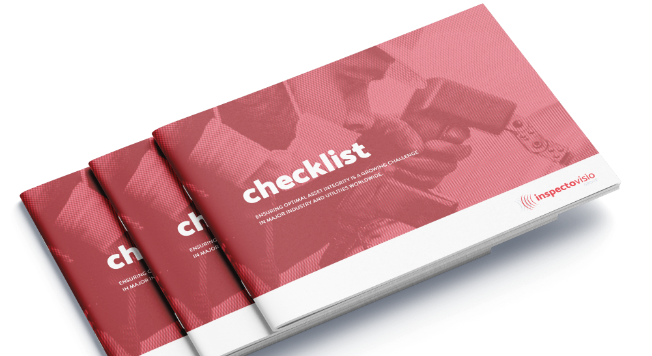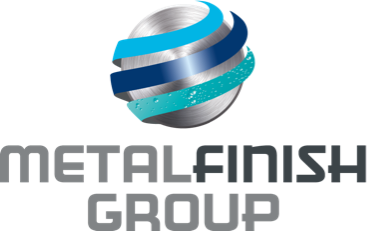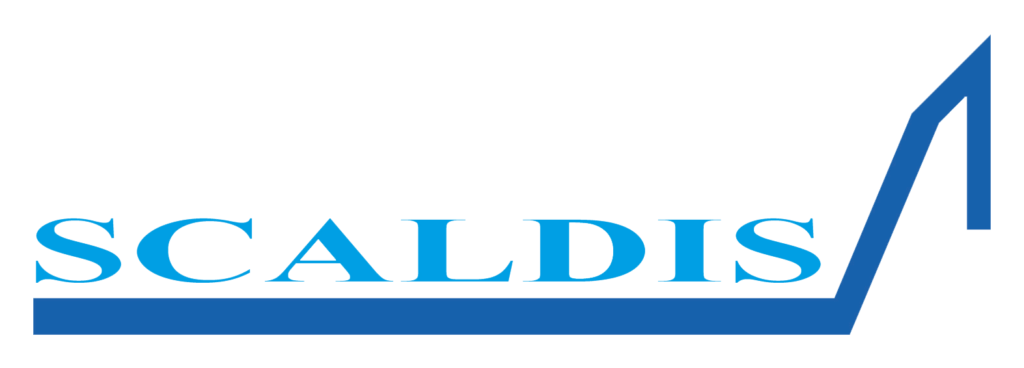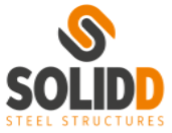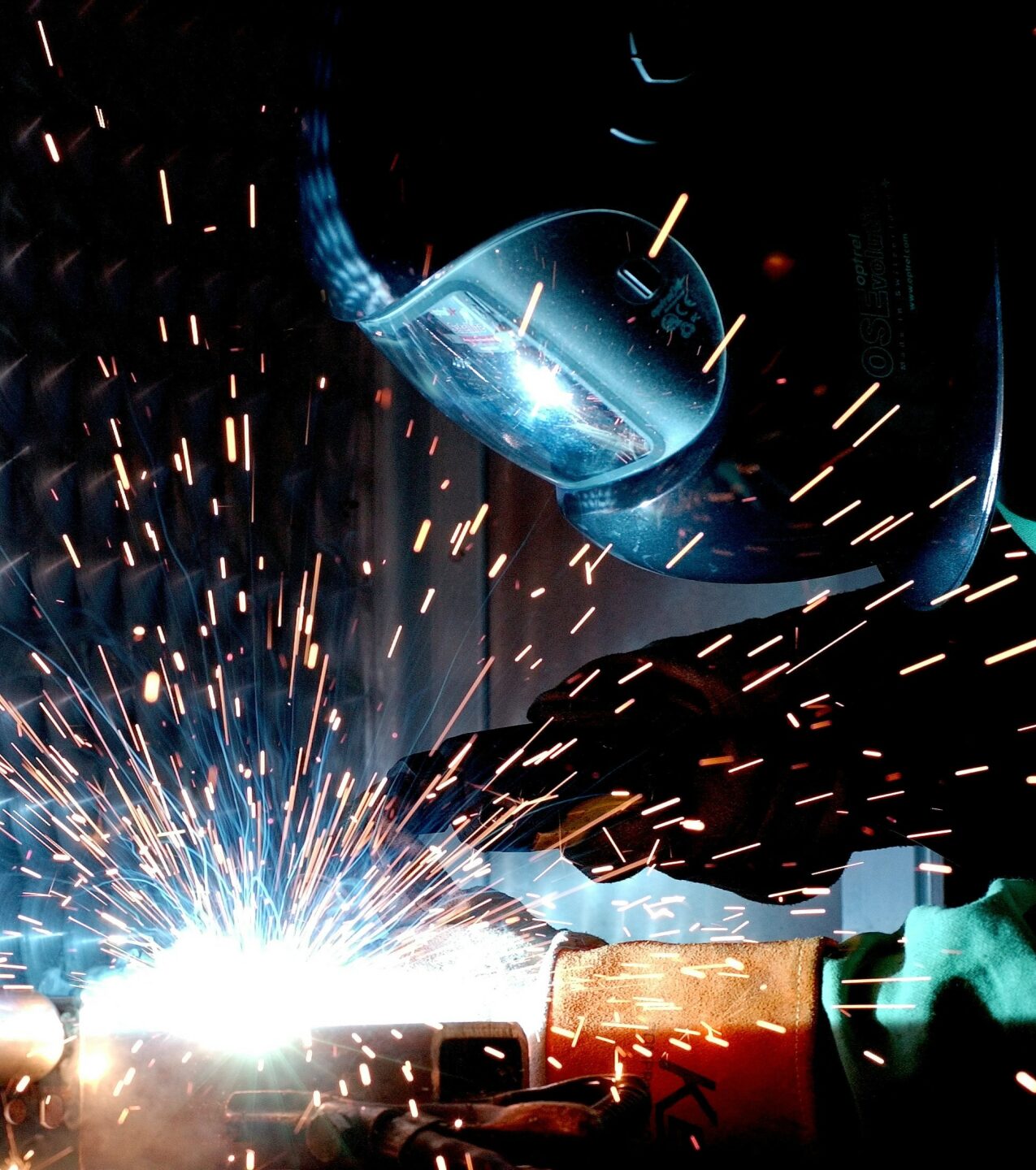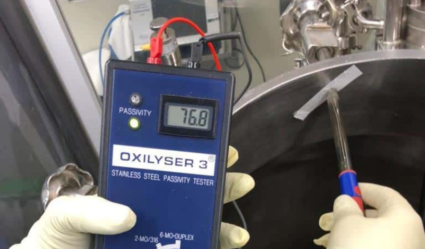10+ years of experience
Always quick results
Advisory report always included
ISO 9001:2015 & VCA* certified
Quick alloy analysis and identification
XRF (X-ray fluorescence) analysis provides a clear identification and analysis of alloys without compromising the robustness of the sample material. That’s handy in the context of an entry check and essential during and at the end of a production process.
An XRF test of ours is always accompanied by a free advisory report listing a clear overview of all important information. XRF analysis:
- Prevents delays
- Enhances product quality
- Is conducted as a rule on-site
- Is highly suitable as an entry check
- Includes a clear free advisory report
Satisfied clients
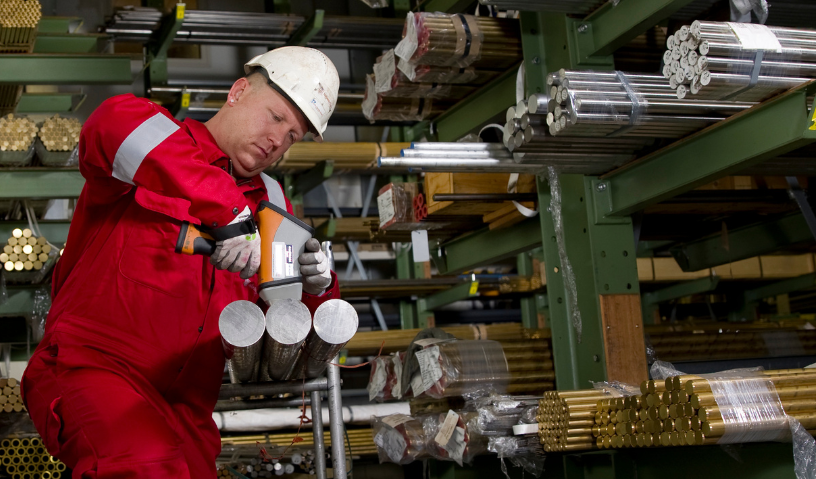
Need XRF analyses?
Quick reliable alloy assessmentAdvantages of XRF analysis
Without XRF-analyse it’s impossible to see if incoming goods meet delivery certificates or whether there will be delay in case the certificates lack. In addition, it is a means to minimalize the use of incorrect components during production. Regular XRF analysis also ensures that the used materials meet requirements.
The main advantage of XRF analyse is its reliability. It is impossible to distinct alloys through visual inspection. XRF analyse is very reliable, ensuring you that the material meets all requirements in this context.
XRF analyse is highly suitable as an entry check: we compare the accompanying certificates. This prevents goods that do not meet requirements to end up in your stock or – even worse – in your production process. In case materials lack the accompanying certificates, then XRF analyse can determine the composition of these materials.
XRF analyse can also determine whether the material of an end product meets its requirements. This prevents delay and late delivery, thus allowing timely invoicing.
- Offers reliable quality
- Prevents delays
- Enhances the quality of the end product
- Allows easy entry checks with supply certificates
How does XRF analysis work?
XRF (X-ray fluorescence) is an analytical technique used to determine the elemental composition of materials and its possible contamination with a spectroscope. Spectroscope measure the fluorescent X-rays emitted from a sample after exiting it with primary X-rays. The difference in wave length between the primary X-rays and the emitted X-rays determine the elemental composition of materials. Though this technique isn’t completely non-destructive, it’s effect on the sample material is negligible.
Relevant markets

Civil Engineering
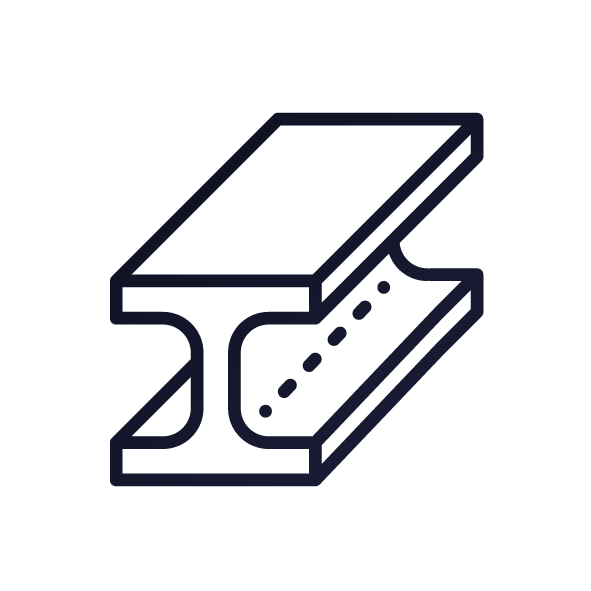
Steel & Non-Residential Construction

Mechanical Engineering

Oil, Gas & Wind
XRF Analysis can be applied in various industries and different situations:
- Entry check of purchased parts for high-end machines
- Verification of material prior to processing
- Acceptation test at the completion of the end product
- Testing during repairs as well as maintenance
Frequently asked questions about XRF analyse
-
Is XRF-analyse also possible on-site?
Yes, it is. We have mobile equipment, allowing 4 hours of non-stop cordless testing. If a 220 V power supply is available, there obviously is no time limit.
-
Which elements can be detected through XRF-analyse?
XRF analyse can be used to identify a wide range of alloy elements such as nickel, chrome, cobalt, coper, titanium and led. In addition, light elements such as magnesium, aluminium, silicon, phosphor and sulphur can also be identified.
-
Can I get a material certificate after an XRF analysis?
No, but we do provide a report consisting of all detected elements following each XRF-analyse.
-
Is XRF-analyse also suitable for tiny samples?
Yes, XRF analyse is also very accurate for analysing tiny samples and irregular surfaces such as chips, wires and welding joint, etc.
-
Is possible to identify heavy metals in rubber, plastic, wood or composite?
Yes, our XRF-analyse can identify heavy metals in in light matrices, such as rubber, plastic, wood or composite. It’s also suitable for screening consumer goods – such as toys and building materials – for chrome, led, cadmium and arsenic.
-
Does XRF-analyse involve the use of helium or a vacuum pomp?
No, even without helium or a vacuum pomp the measurements prove to be highly accurate.
-
Is it possible to detect an incorrectly used welding wire?
Yes, it is. XRF-analyse easily detects the composition of a welding seam and thus also that of the used wielding wire.

Request
a free offer
for XRF analysis
More interesting NDT methods
Reduce repair costs and avoid late delivery
